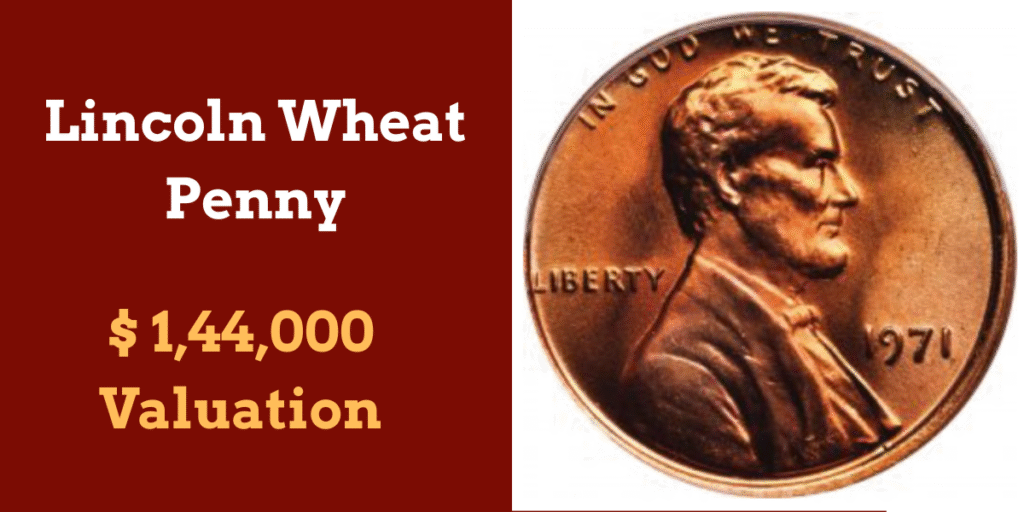In the world of coin collecting, even the smallest pocket change can hold tremendous value. One such example is the rare Lincoln Wheat Penny — a coin that’s been reportedly valued as high as \$144,000. What makes this coin so special, and is there really a chance that one could still be in circulation today?
Contents
What Is the Lincoln Wheat Penny?
The Lincoln Wheat Penny, sometimes known as the “Wheat Cent,” was first issued in 1909 to commemorate President Abraham Lincoln’s 100th birthday. This cent was produced by Victor D. Brenner and features two wheat stalks on either side of the words “One Cent” on the reverse and a side profile of Lincoln on the front (obverse). The Lincoln Memorial reverse took over after the wheat design was produced until 1958.

Why Are Some Lincoln Wheat Pennies So Valuable?
Most Lincoln Wheat Pennies are worth only a few cents to a few dollars, depending on their condition and year. However, a handful of rare varieties have sold for tens of thousands of dollars, with one particular coin making headlines for its $144,000 valuation.
Here’s what makes certain Wheat Pennies valuable:
- Minting Errors: Some of the most prized coins contain striking errors — double dies, off-center strikes, or wrong metal compositions.
- Low Mintage Years: Coins from years with limited production, such as 1909-S VDB or 1931-S, are rare and desirable.
- Unusual Compositions: Among the most well-known mistake coins is the 1943 Bronze Lincoln Penny. Due to a scarcity of copper during the war, the majority of 1943 pennies were made of steel plated with zinc. However, some bronze blanks were mistakenly used. At auction, one of these rare 1943 bronze coins fetched $144,000.
- Pristine Condition: Pennies that have been preserved in mint or near-mint condition are far more valuable to collectors.
Still in Circulation?
The idea that a penny worth six figures might still be in circulation sounds like wishful thinking — but it’s not entirely out of the question. Despite decades of change sorting, some rare Wheat Pennies do slip through the cracks. Collectors and enthusiasts occasionally report finding them in pocket change, rolls of coins from banks, or inherited coin jars.
If you want to try your luck, here’s what to look for:
- Check dates from 1909 to 1958, especially anything from 1943 in bronze (not steel).
- Examine the coin’s weight and color. A genuine 1943 bronze penny weighs about 3.11 grams, while the steel version weighs 2.7 grams and sticks to a magnet.
- Look for mint marks like “S” (San Francisco) or “D” (Denver) in key years.
How to Verify and Sell a Rare Penny
- Do not clean – Cleaning can cause significantly reduce a coin’s value.
- Weigh and test it – Use a precise scale and a magnet.
- Get it graded – Contact a reputable grading service like PCGS or NGC for professional authentication.
- Sell through auction or dealers – If verified, auction houses or coin dealers can help you get top dollar.
Final Thoughts
The idea that a Lincoln Wheat Penny valued at $144,000 could still be floating in circulation is both thrilling and plausible. It serves as a reminder that hidden treasures may be lying quietly in your coin jar, waiting to be discovered. So the next time you get change, don’t overlook that old penny — it just might be worth a fortune.
Some Important Links
| Home Page | Click Here |
| PTET Home Page | Click Here |
